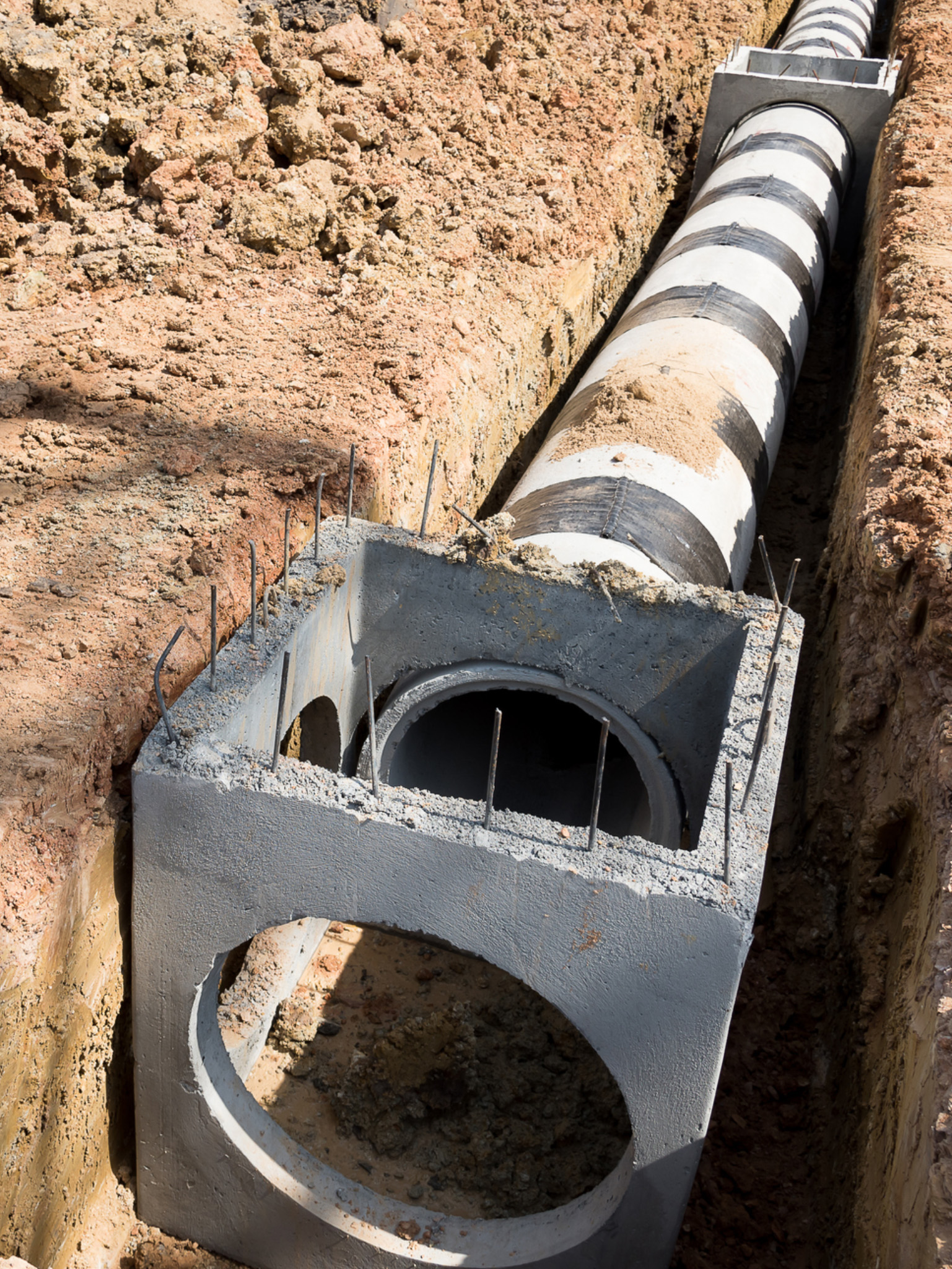Professional Septic Ohio - Relied On Septic Tank Specialists in Ohio
Professional Septic Ohio - Relied On Septic Tank Specialists in Ohio
Blog Article
Comprehensive Excavation Methods: Grasping the Fundamentals for Success
In the realm of building and construction and civil engineering, the importance of reliable excavation approaches can not be overemphasized. The mindful planning, precise implementation, and thorough interest to detail called for in excavation projects demand an extensive technique that includes different essential facets. From initial dirt evaluation to the application of security measures and routine progress surveillance, grasping these core aspects is vital for accomplishing success in any type of excavation undertaking. The true proficiency lies not just in understanding these fundamentals yet in effortlessly integrating them to browse the intricacies of excavation jobs with finesse.
Recognizing Excavation Project Planning

The first stage of any type of excavation project is the preparation phase, where important decisions are made that can substantially influence the result of the task. Understanding the job extent, timeline, and spending plan restraints is vital for producing a detailed excavation plan that makes certain the project's success.
One trick element of excavation job planning is the growth of a detailed timeline that lays out the series of deadlines, turning points, and activities. This timeline functions as a roadmap for the task team, allowing them to track development and make needed adjustments to make sure the project remains on timetable. Additionally, a distinct budget that represents all expenses, including equipment service, labor prices, and materials, is vital for avoiding expense overruns and delays. By very carefully considering all these factors throughout the drawing board, excavation projects can be performed effectively and efficiently, resulting in effective outcomes.
Dirt Evaluation and Website Evaluation
Performing thorough soil evaluation and site evaluation is a crucial action in the preparation stage of any type of excavation task. Dirt evaluation entails establishing the structure, framework, and properties of the soil at the excavation website. This info is critical for recognizing the soil's bearing capacity, moisture content, and potential for disintegration, which are essential factors in establishing the excavation techniques and equipment required for the job.
Website assessment goes beyond dirt analysis and encompasses a broader assessment of the total site problems. This examination includes determining any kind of prospective hazards, such as underground energies, environmental concerns, or unstable surface, that might impact the excavation process. By thoroughly assessing the website, project managers can create reliable excavation techniques that focus on security, performance, and environmental management.
Utilizing advanced innovations like ground-penetrating radar, dirt tasting, and drone studies can improve the accuracy and efficiency of soil analysis and website examination. Investing time and sources in these preliminary actions can eventually save time and prevent costly hold-ups or issues throughout the excavation procedure.
Devices Selection and Usage
Efficient excavation projects count heavily on strategic tools option and application to make sure optimal performance and efficiency. Selecting the appropriate equipment for the work is essential in maximizing performance and decreasing downtime. Variables such as the kind of dirt, depth of excavation, and project scope play a considerable function in identifying the most suitable devices for the task at hand.

Along with choosing the suitable tools, proper use is key to task success. Operators must be educated to take care of the equipment safely and efficiently - excavating ohio. Regular maintenance checks and prompt repair services aid prevent failures and make sure consistent efficiency throughout the project
Security Measures and Regulations Compliance
In the realm of excavation tasks, focusing on safety actions and compliance with regulations is extremely important to guaranteeing a legally audio and safe functional atmosphere. Precaution incorporate a variety of practices, consisting of performing comprehensive read this article site analyses, executing correct signage and obstacles, and providing adequate security training for all employees involved in the excavation procedure. Adherence to regulations, such as OSHA demands in the United States, makes sure that the excavation task satisfies the required standards to shield workers, bystanders, and the surrounding environment.

Monitoring Progression and Adjusting Methods
Exactly how can forecast supervisors successfully track the improvement of excavation tasks and adapt their approaches as necessary to enhance results? Surveillance progress is necessary for ensuring that excavation jobs remain on their explanation track and fulfill due dates. Project supervisors can use different devices and techniques to track progression, such as everyday report card, normal site inspections, and progressed surveillance technologies like drones and general practitioners tracking systems. By continuously monitoring the job's advancement, supervisors can identify any possible delays or issues beforehand and take positive actions to address them.

Final Thought
In conclusion, understanding the basics of extensive excavation techniques is necessary for the success of any project. By comprehending task planning, evaluating soil and website problems, picking appropriate tools, conforming with safety laws, and checking development, job managers can make sure a reliable and smooth excavation process. Executing these techniques will cause successful results and decrease prospective risks or obstacles throughout the excavation project.
The first phase of any kind of excavation job is the preparation phase, where vital decisions are made that can considerably influence the end result of the job. Understanding the task scope, timeline, and budget plan restrictions is important for creating an extensive excavation plan that makes sure the task's success.
How can predict managers properly track the development of excavation tasks and adapt their techniques appropriately to optimize outcomes? By very closely monitoring development and being prepared to adjust methods, task supervisors can enhance the total success of excavation projects.
By understanding job preparation, analyzing dirt and site problems, selecting proper devices, conforming with security laws, and checking progression, project supervisors can make certain a reliable and smooth excavation process.
Report this page